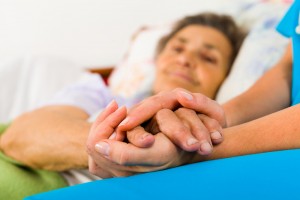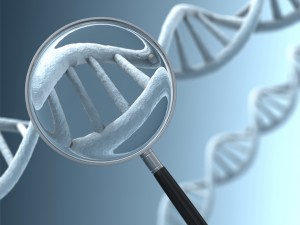
E-cigarettes, the tobacco cigarette alternative that was supposed to be a healthier and not cause cancer. New reports are showing that, in fact, e-cigarettes are not the cancer risk-free alternative many smokers were looking for. Medical News Today explains how popular e-cigarettes have become and the science behind them, “Use of e-cigarettes (electronic cigarettes) has become popular in the US; a recent study from the Centers for Disease Control and Prevention (CDC) found that almost 13% of Americans have tried e-cigarettes at least once in their lifetime, with more than a fifth of adults aged 18-24 having used the devices. While e-cigarettes do not contain tobacco – like conventional cigarettes – the vapor produced by the device and inhaled by users does contain nicotine flavorings and other chemicals. Nicotine is the chemical that makes smoking addictive.” That statistic is interesting because it is not just 13% of the smoking population but 13% of all Americans – a staggering statistic. While e-cigarettes do not contain tobacco, they do contain nicotine and other chemicals. So far, there has been limited evidence as to the effects those chemicals can have on the body but we are beginning to see more and more scientific reports rolling in that e-cigarettes, in addition to traditional cigarettes, pose a very real cancer risk.
For those that are looking to reduce their cancer risk by quitting smoking and looked to e-cigarettes as the “healthier” or “safer” option, it is important to understand what science studies are showing about the link between e-cigarettes and cancer. Science Daily reports on the research regarding the link to cancer, “Adding to growing evidence on the possible health risks of electronic cigarettes, a lab team at the Veterans Affairs San Diego Healthcare System tested two products and found they damaged cells in ways that could lead to cancer. The damage occurred even with nicotine-free versions of the products. “Our study strongly suggests that electronic cigarettes are not as safe as their marketing makes them appear to the public,” wrote the researchers, who published their findings in the journal Oral Oncology… “There haven’t been many good lab studies on the effects of these products on actual human cells,” says Dr. Jessica Wang-Rodriquez, one of the lead researchers on the new study… Her team created an extract from the vapor of two popular brands of e-cigarettes and used it to treat human cells in Petri dishes. Compared with untreated cells, the treated cells were more likely to show DNA damage and die… Scientists already know of some troubling chemicals in the products. One is formaldehyde, a known carcinogen. Using the products at a low voltage setting may minimize the production of formaldehyde, research suggests. Another possible culprit is diacetyl, a flavoring agent that has been linked to lung disease. A Harvard study found it in more than three-quarters of flavored e-cigarettes and refill liquids, or “e-juice.” What this should tell us all is that it is critical that you do your research and learn about the ingredients of products you ingest or put your body and whether or not they may increase your risk of cancer. That may feel overwhelming but the other thing that is important to note is that before making any changes to your diet, intake of supplements, exercise routine or anything else you should always consult your physician and discuss if it is the best option for your health. While we may have more research regarding the link between tobacco cigarettes and cancer, e-cigarettes are relatively new and research is still in its infancy. We are already beginning to see reports that there is a link to cancer and only time will tell if we will begin to see more studies that link e-cigarettes to an increased risk of cancer.






